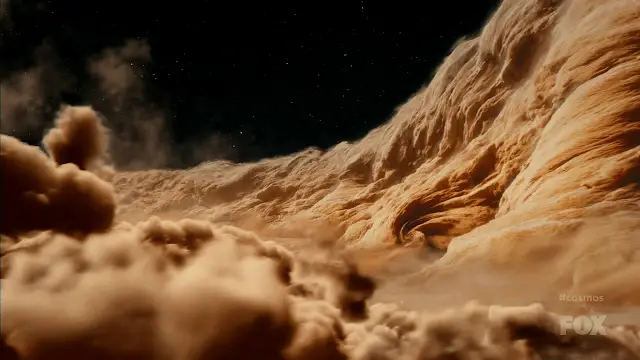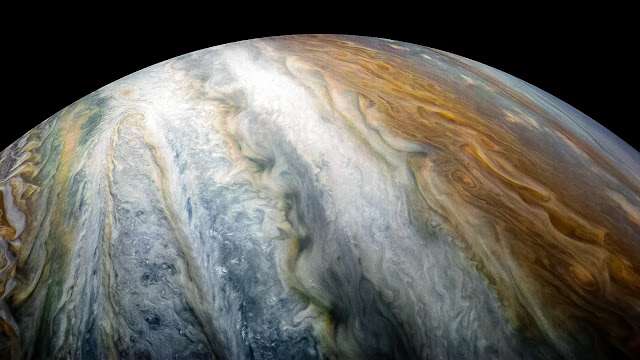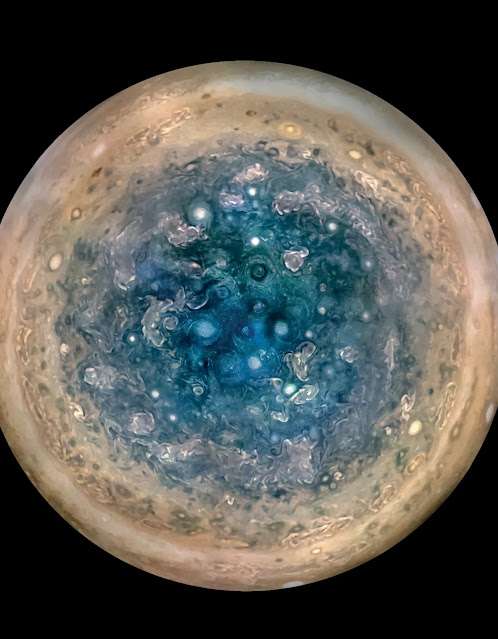
Introduction
In a landmark achievement for space exploration, NASA’s Juno spacecraft has transmitted the sharpest images ever seen of Jupiter. These stunning visuals offer an unprecedented glimpse into the gas giant’s atmosphere, revealing details that have fascinated scientists and space enthusiasts alike. Launched nearly a decade ago, Juno’s mission continues to push the boundaries of our understanding of the largest planet in our solar system.
The Juno Mission
Mission Overview
Spacecraft Name: Juno
Launch Date: August 5, 2011
Mission Objective: To study Jupiter’s composition, gravity field, magnetic field, and polar magnetosphere.
Budget: Approximately $1.1 billion
Technological Marvel
Juno is equipped with a suite of scientific instruments designed to probe beneath Jupiter’s dense cloud cover. Among these is JunoCam, a high-resolution camera that has delivered the most detailed images of Jupiter ever captured. The spacecraft’s elliptical orbit allows it to get closer to Jupiter than any previous mission, enabling these remarkable close-up shots.

The Sharpest Images Ever Seen
Image Quality and Features
Resolution: The images boast unparalleled detail, far surpassing the clarity of previous photographs taken by earlier missions and Earth-based telescopes.
Intricate Details: Features as small as a few kilometers across are visible, providing a clear view of Jupiter’s complex atmospheric dynamics.
Captivating Phenomena
The Great Red Spot: Detailed images of this iconic storm reveal intricate structures within the massive vortex, offering new insights into its longevity and behavior.
Polar Regions: For the first time, we have clear views of Jupiter’s polar cyclones and auroras, showcasing their complexity and dynamic nature.
Cloud Bands: The images highlight the variations in color, composition, and movement of Jupiter’s distinct cloud bands, deepening our understanding of the planet’s atmospheric processes.

Scientific Implications
Atmospheric Insights
The high-resolution images allow scientists to study Jupiter’s weather systems in unprecedented detail. This helps to enhance our understanding of storm formation and dynamics, which can also offer broader insights into atmospheric processes on other planets, including Earth.
Magnetic Field and Magnetosphere
Detailed observations of Jupiter’s magnetic field and auroras help refine existing models of the planet’s internal structure and the dynamo processes that generate its magnetic field. These findings have significant implications for our understanding of planetary magnetospheres in general.

Technological Achievements
Advanced Imaging Techniques
Enhanced Processing: The images benefit from advanced processing techniques that enhance clarity and detail.
Color Accuracy: Careful calibration ensures that the colors in the images accurately represent Jupiter’s true appearance, providing both scientific and aesthetic value.
Data Transmission
Juno utilizes high-speed communication links to transmit large volumes of data back to Earth. Sophisticated data handling systems ensure the integrity and accuracy of these transmissions, allowing scientists to work with high-quality data.
Public Engagement
Widespread Fascination
The release of these stunning images has captivated the public and generated significant media coverage. NASA has made these visuals publicly available, allowing people worldwide to appreciate the beauty and complexity of Jupiter.
Educational Impact
NASA’s outreach efforts include educational resources to help students and the general public understand the significance of the mission’s findings. This engagement aims to inspire the next generation of scientists and engineers.
Future Prospects
Continued Exploration
Juno’s mission has been extended, promising more high-resolution images and valuable data. As the spacecraft continues its journey, we can look forward to further discoveries that will deepen our understanding of Jupiter and its many mysteries.
Inspiring Future Missions
The success of Juno paves the way for future missions to Jupiter and other outer planets. International collaboration and shared data will enhance the collective knowledge and exploration of our solar system.
Conclusion
NASA’s Juno spacecraft has achieved a historic milestone by transmitting the sharpest images ever seen of Jupiter. These breathtaking visuals provide unprecedented insights into the gas giant’s atmosphere, weather systems, and magnetic field. As Juno continues its mission, we anticipate even more groundbreaking discoveries that will expand our understanding of the largest planet in our solar system and inspire future generations of space explorers.
